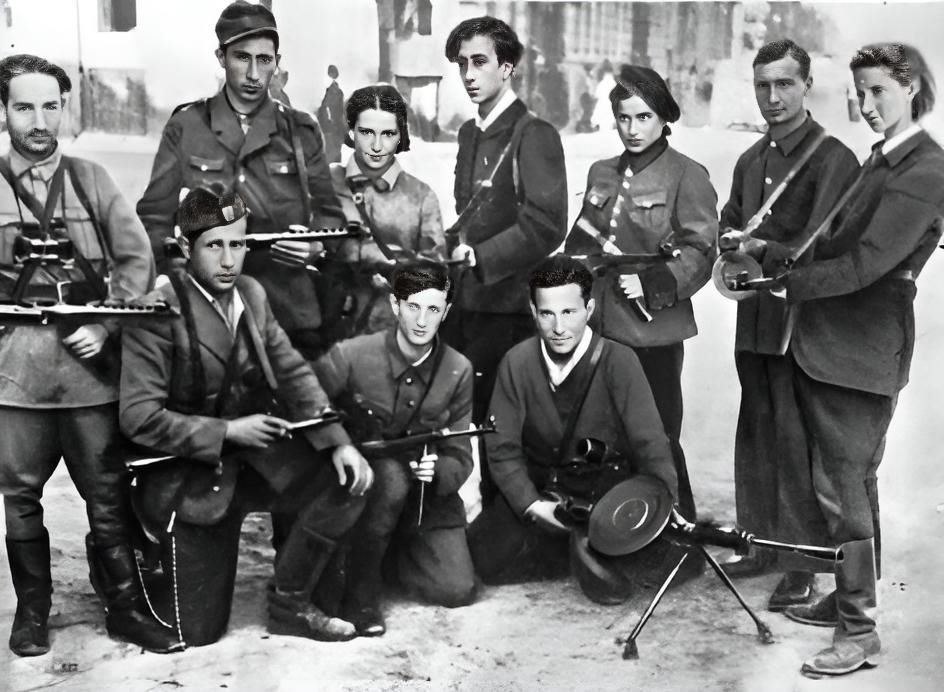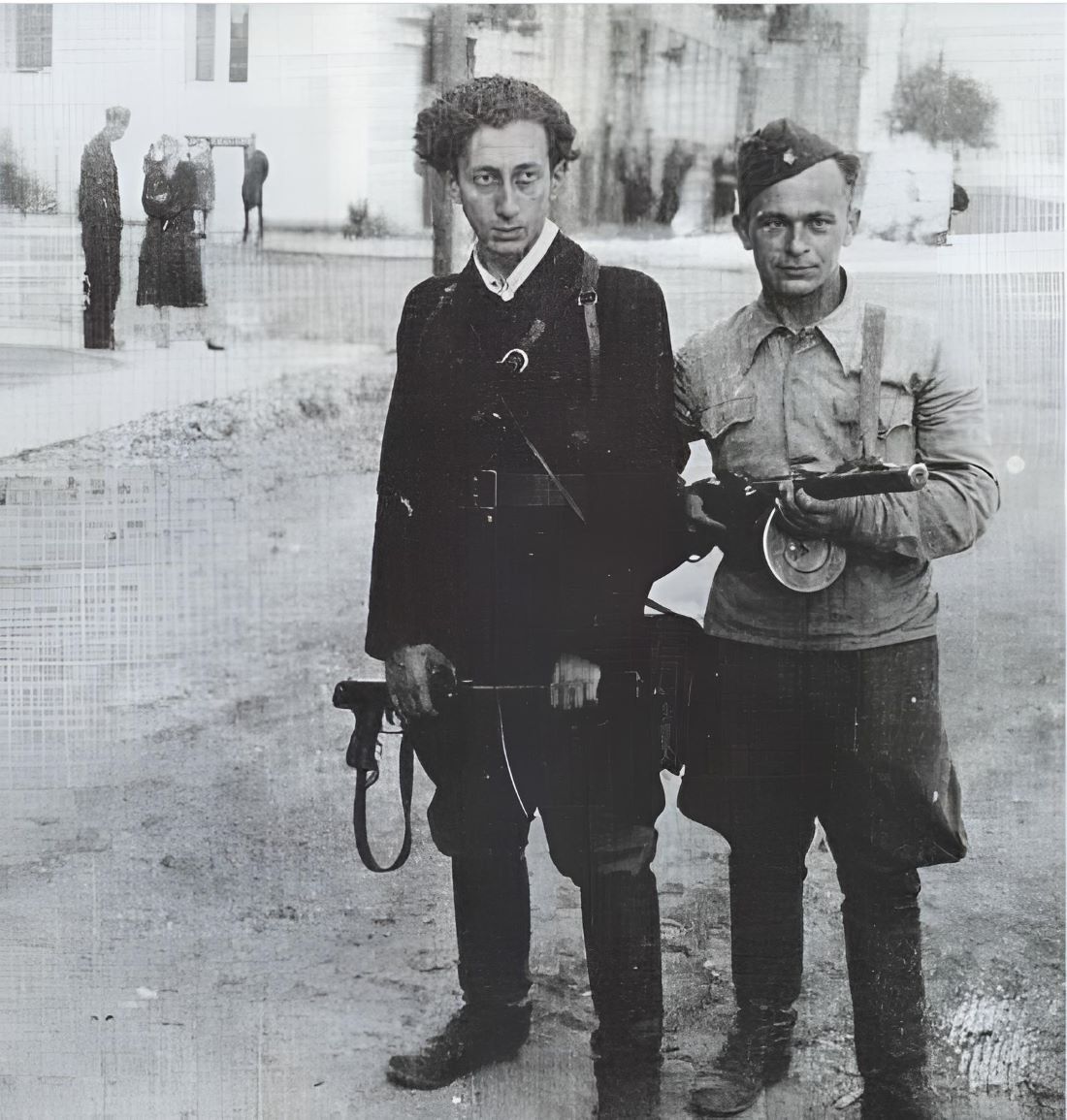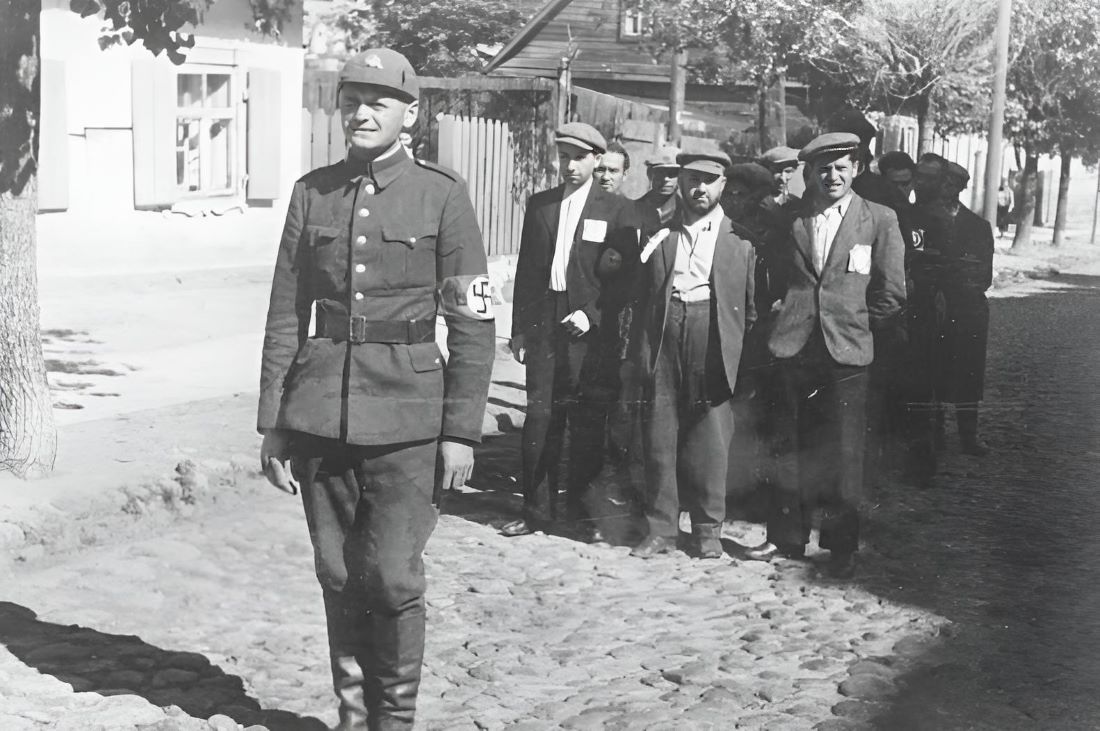Vilna Ghetto, established during World War II in Vilnius, Lithuania, was a significant site of suffering, resilience, and resistance within the Jewish community. Enforced by the Nazi regime in 1941 and lasting until its liquidation in 1943, this ghetto confined thousands of Jews under dire conditions, highlighting the cruel extent of the Holocaust’s reach into Eastern Europe. Located in the old Jewish quarter of Vilnius, the ghetto not only became a prison for its inhabitants but also a center of Jewish cultural life and resistance against the oppressors. Despite the harsh realities, the Vilna Ghetto was home to a notable resistance movement, culminating in various acts of defiance against the Nazis. Tragically, it is estimated that around 70,000 Jews from Vilnius and its surroundings lost their lives during this period, marking the Vilna Ghetto as a poignant symbol of both human atrocity and the indomitable spirit of resistance.
The Establishment of the Vilna Ghetto
The onset of World War II brought calamity to Vilnius, Lithuania, with the Nazi occupation marking a dire turn for the Jewish community residing there. Before the war, Vilnius was renowned as a vibrant center of Jewish life and culture, often referred to as the “Jerusalem of the North.” However, the Nazi invasion in 1941 drastically altered its landscape. Between 60,000 and 70,000 Jews found themselves trapped under the new regime, facing escalating violence and uncertainty. Sporadic killings and rampant persecution characterized the initial months of occupation, setting the stage for a more organized and ghastly phase of the Holocaust in this historic city.
By September 1941, the situation escalated dramatically when SS units, from the 1st to the 6th of the month, executed approximately 21,000 Jewish civilians in mass shootings, a horrific event that underscored the Nazis’ genocidal intent. In conjunction with this massacre, the occupiers established two ghettos to segregate the remaining Jewish population from the rest of Vilnius. Ghetto 1, designated for those deemed capable of work, housed about 30,000 people, while Ghetto 2, intended for the rest, contained around 9,000 individuals, including the elderly, women, and children. These enforced enclosures marked the beginning of a bleak chapter in the history of Vilnius, turning the once-thriving Jewish quarter into a confined space of suffering and deprivation, yet also of remarkable resilience and defiance against the Nazi oppressors.
Resistance Within the Vilna Ghetto
The Vilna Ghetto was not only a place of immense suffering but also a crucible of resistance against the Nazi regime. Within its constrained and dire environment, a significant debate emerged among the Jewish population regarding the most effective form of survival. The Jewish council, appointed by the Nazis to administer the ghetto, believed that compliance and proving the ghetto’s utility through labor could safeguard its inhabitants. This leadership posited that by contributing to the Nazi war effort, the ghetto would be deemed indispensable, thereby sparing its population from extermination. This perspective sought to navigate the thin line between survival and the moral quandary of aiding the occupier’s objectives.

Contrary to the council’s strategy of passive endurance, a fierce spirit of active resistance took root within the ghetto’s confines, led by figures such as Abba Kovner, Yitzhak Wittenberg, and Josef Glazman. On January 21, 1942, Kovner and his comrades founded The Fareynikte Partizaner Organizatsye (FPO), or the United Partisan Organization, under the rallying cry:
“We will not go like sheep to the slaughter.”
This movement embodied the resolve to fight back, advocating for armed resistance as the only means to truly confront the existential threat posed by the Nazis. Among their supporters was a Dominican nun Bertrand who played a role in aiding the resistance. The FPO’s establishment marked a definitive shift towards active opposition, reflecting a broader struggle within occupied Europe between survival tactics and the call to arms against the oppressors.
The Liquidation of the Vilna Ghetto
By 1943, the Fareynikte Partizaner Organizatsye (FPO) had swelled to several hundred fighters within the Vilna Ghetto, embarking on a campaign of sabotage that targeted trains, power supplies, and industrial facilities. They facilitated the escape of captives from labor camps and ran an underground press within the confines of a monastery. Abba Kovner, through the aid of mother Bertrand, even managed to establish communication with the Warsaw Ghetto, weaving a network of resistance across the ghettos of occupied Poland. However, on September 1, 1943, the SS commenced the final liquidation of the Vilna Ghetto. For the first time, widespread confrontations erupted between the ghetto’s guerrillas and the SS, with the latter using heavy artillery to demolish buildings block by block. This brutal assault culminated on September 24, 1943, marking the destruction of the ghetto.

Despite the overwhelming force, many of the ghetto’s guerrillas, including Kovner, managed to escape through the sewers. They found refuge in the Dominican monastery, continuing their resistance from this unlikely sanctuary until the Gestapo’s crackdown led to the arrest of Mother Bertrand, her deportation to a concentration camp, and the closure of the monastery. For decades, Bertrand’s courageous role remained obscured until 1984, when she and six of her fellow nuns were recognized as Righteous Among the Nations by Yad Vashem. This honor was personally bestowed by Abba Kovner in Warsaw.
During World War II, Lithuania witnessed the tragic loss of approximately 190,000 Jews, accounting for 95% of its pre-war Jewish population. This devastating chapter of our shared history serves as a poignant reminder of the moral imperative to remember and honor those who suffered, ensuring such atrocities are never repeated.
Historical Challenge: Can You Conquer the Past?
Answer more than 18 questions correctly, and you will win a copy of History Chronicles Magazine Vol 1! Take our interactive history quiz now and put your knowledge to the test!

